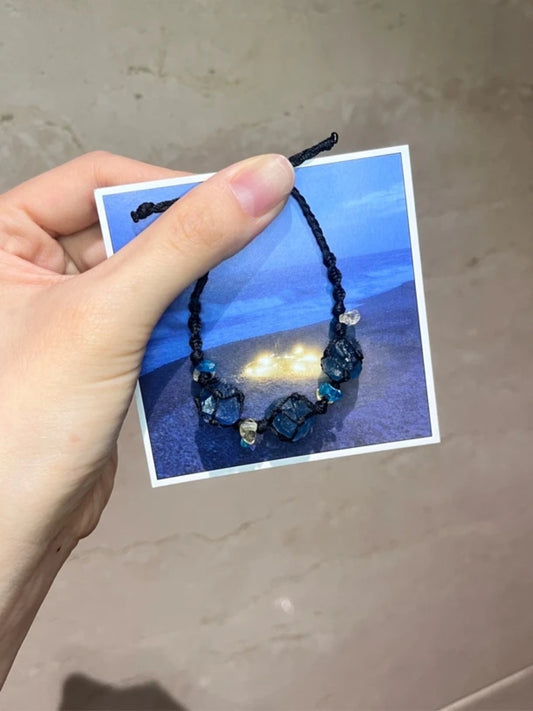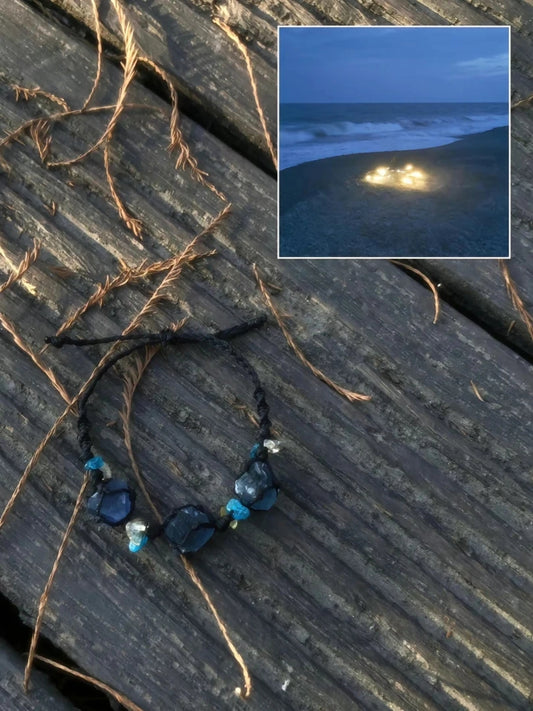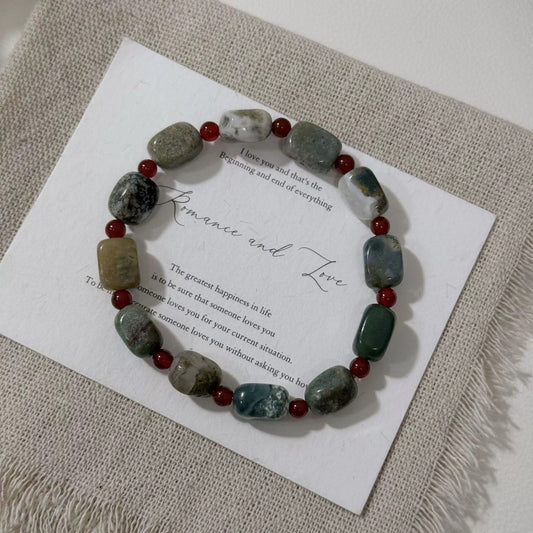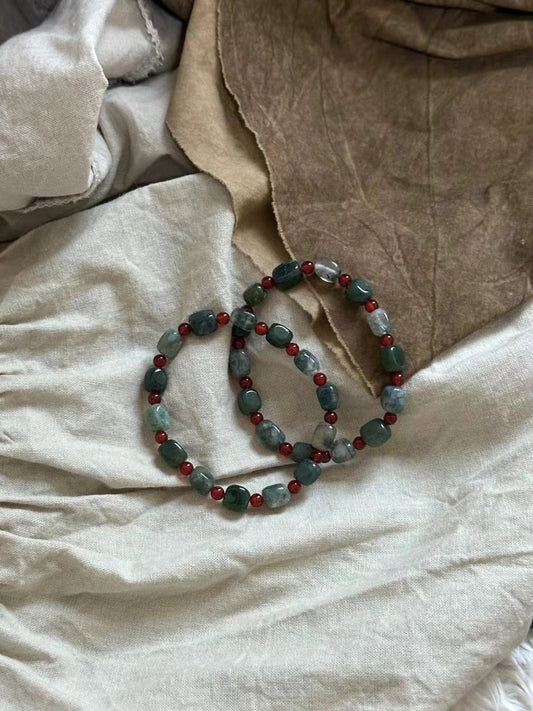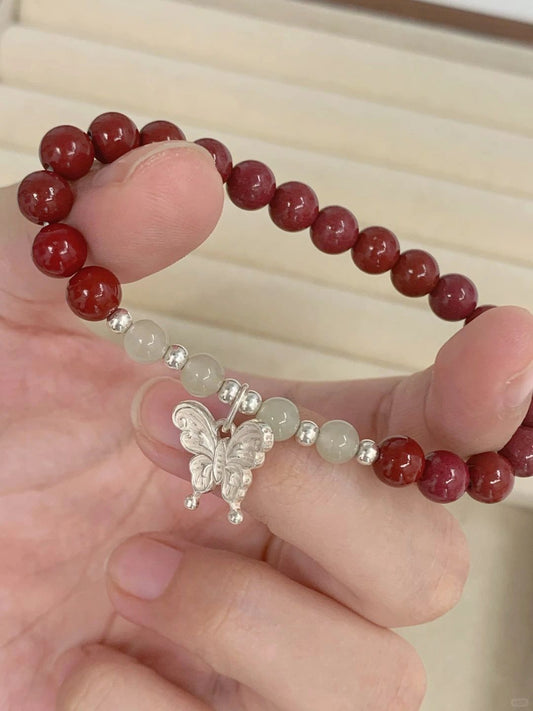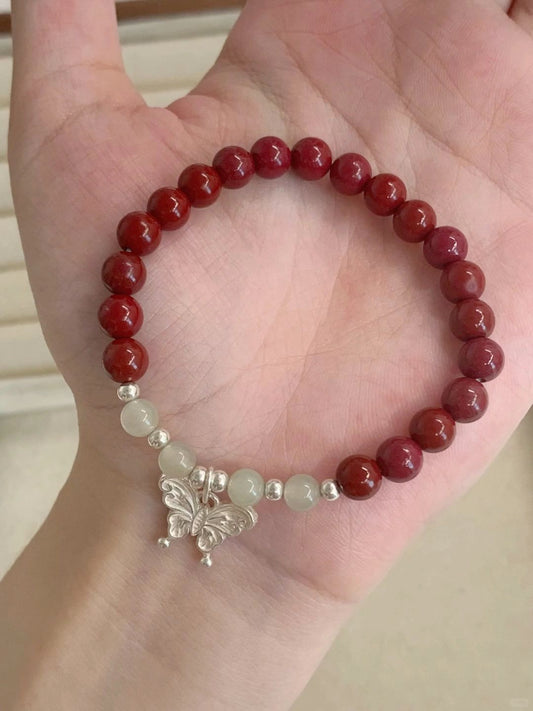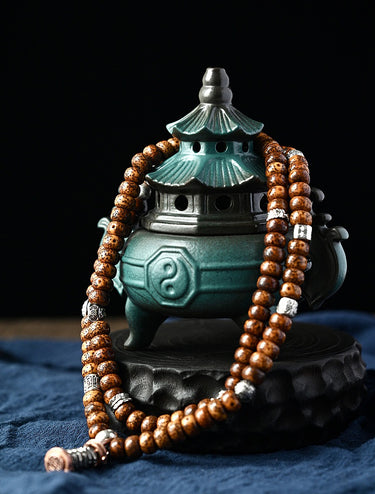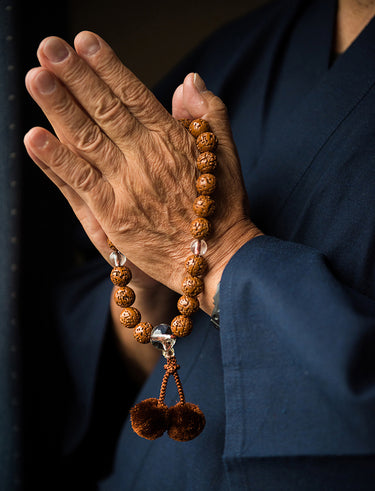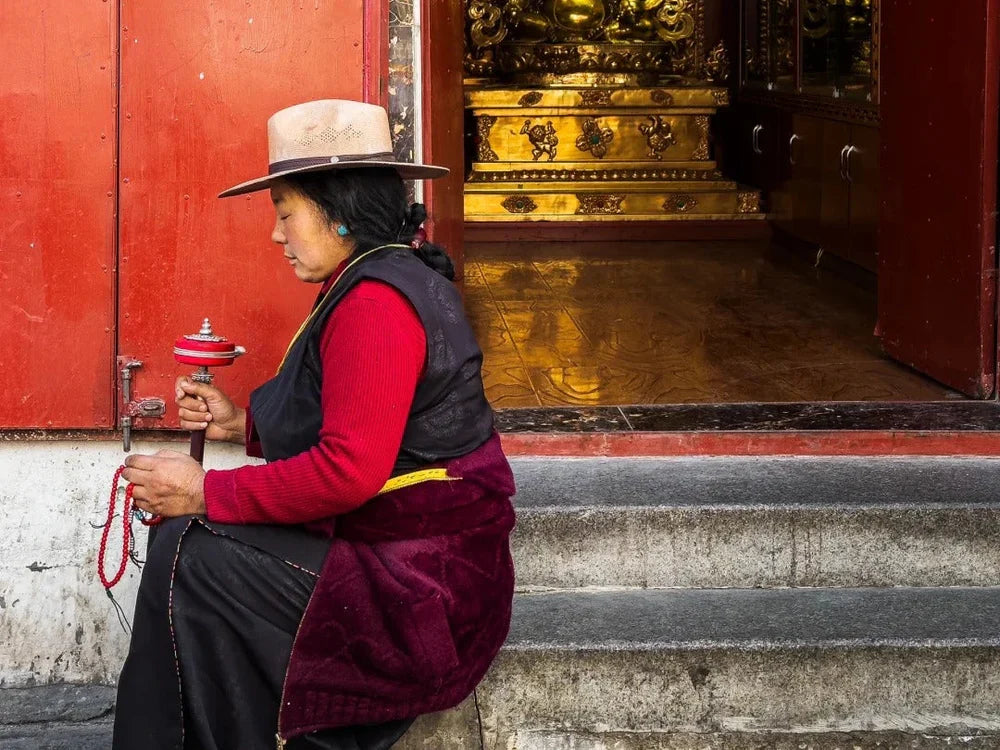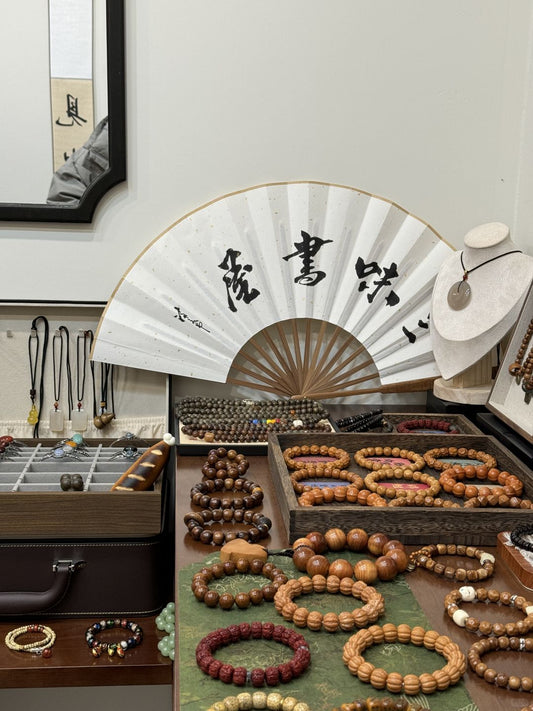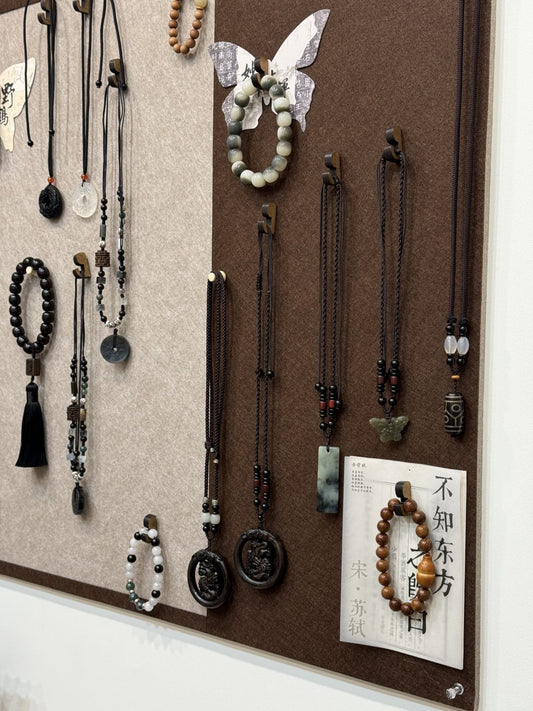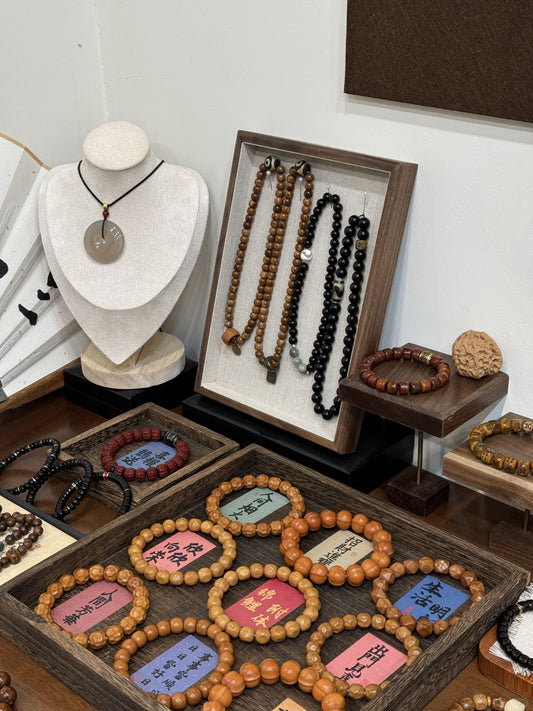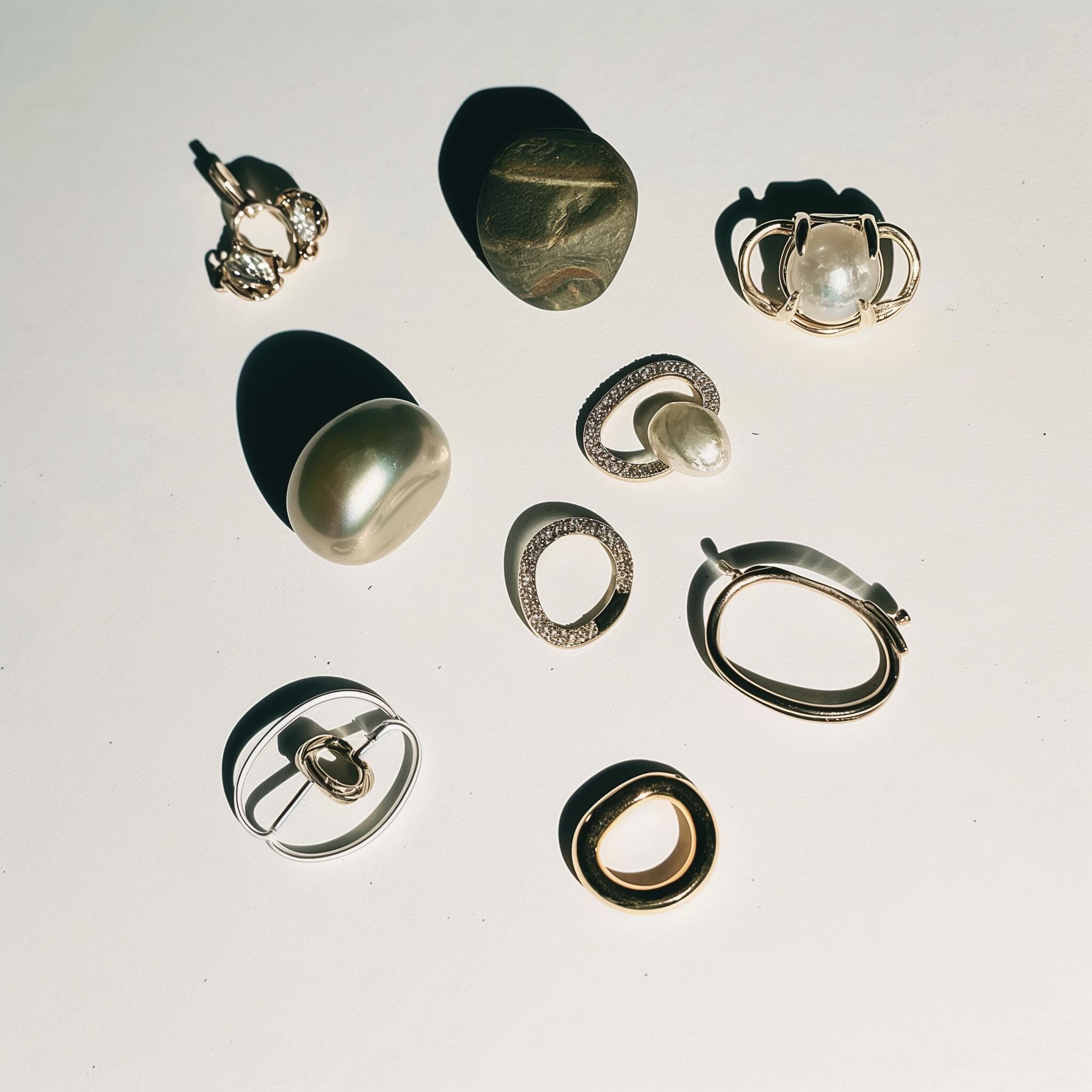Women of the Workshop: Profiles of Female Artisans in Tibetan Silver Craft
Tibetan silver craft has long been celebrated for its intricate designs, symbolic motifs, and exceptional craftsmanship. Yet behind these stunning pieces are skilled women silversmiths who carry on centuries-old traditions in Nepal and Tibet. In this artisan spotlight, we explore the lives, routines, and techniques of these remarkable female silversmiths, and how they balance their craft with family and community roles.

Passing Down the Tradition: Apprenticeship and Early Beginnings
In many Tibetan and Nepali villages, silversmithing is a family affair. Girls often begin learning the basics as early as age eight, watching mothers and grandmothers hammer metal and inlay gemstones.
-
Family Workshops
In the foothills of the Himalayas, 28‑year‑old Sonam Jampa recalls her first day at her grandmother’s workshop: “I held a tiny hammer in my hand and felt the ring of silver against metal. That sound became the heartbeat of my childhood.” Over years of guided practice, apprentices learn to read traditional patterns—endless knots, lotus petals, and auspicious animals—and replicate them freehand.
-
Formal Training
While many women learn at home, some travel to specialized craft schools in Kathmandu or Lhasa. Here, they refine silversmith techniques like repoussé (hammered relief), filigree (delicate wirework), and stone setting. Students spend months mastering temperature control in forges and the precision needed for hand‑engraving mantras or intricate border designs.
A Day in the Life: Balancing Craft and Community
Female silversmiths often juggle early mornings in the workshop with household responsibilities and community gatherings:
-
Dawn Rituals
Before sunrise, artisans like 34‑year‑old Tsering Dolkar begin their day with a simple puja (prayer) to bless tools and materials. A small incense burner on the workbench fills the space with sandalwood smoke, creating a sacred atmosphere for creative focus. -
Workshop Hours
By 8 AM, Tsering is at her anvil, shaping silver ingots into thin sheets. Throughout the morning, she alternates between hammering, filing, and soldering, pausing only for a quick cup of butter tea served by her mother. -
Afternoon Community
Lunch often doubles as a social event: neighbors drop by to discuss temple repairs, upcoming festivals, or to inspect newly crafted jewelry. These gatherings reinforce cultural bonds and ensure that designs remain true to regional heritage. -
Evening Family Time
After closing the workshop around 6 PM, many women return to household duties—preparing dinner, caring for children, or teaching younger relatives basic silversmith skills. The cycle of craft and home life reflects a deep commitment to both family and cultural legacy.
Crafting with Precision: Techniques of Female Silversmiths
Women silversmiths bring unique strengths to Tibetan silver craft:
-
Repoussé and Chasing
Using small hammers and specialized punches, artisans raise and refine patterns from the reverse side of a silver sheet. This technique creates depth and dynamic shadows, essential for traditional Tibetan motifs like the Eight Auspicious Symbols. -
Filigree Work
Filigree involves twisting ultra‑fine silver wires into lace‑like patterns. Many female artisans specialize in crafting delicate filigree earrings and pendants, skillfully soldering wire loops without warping the overall design. -
Gemstone Inlay
Setting turquoise, coral, and lapis lazuli requires steady hands and a keen eye for balance. Female silversmiths often select stones based on color symbolism—turquoise for protection, coral for harmony—and carve tiny bezels to secure each gem.
-
Hand‑Engraving
With a sharp chisel, artisans incise sacred mantras or decorative borders onto silver. The precision of hand‑engraving ensures that each piece carries both aesthetic beauty and spiritual significance.
Empowering Communities Through Craft
By supporting female silversmiths, brands like Mabge help preserve Tibetan silver craft and uplift artisan communities:

-
Economic Independence
Income from jewelry sales allows women to fund their children’s education and healthcare, reducing reliance on seasonal farming or labor migration. -
Cultural Preservation
As female artisans pass skills to younger generations, they keep traditional patterns and techniques alive—ensuring that Tibetan silver craft continues to thrive in a changing world. -
Artisan Spotlight
Shining a light on these women’s stories fosters appreciation for the labor and love behind each handcrafted piece, transforming jewelry into a living narrative of heritage and empowerment.
From the mountain workshops of Nepal to family studios in Tibet, female silversmiths weave together craft, faith, and community. Their dedication not only shapes silver into wearable art but also forges stronger cultural bonds for generations to come.









































































































